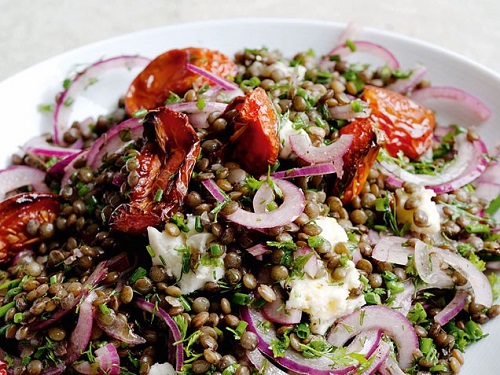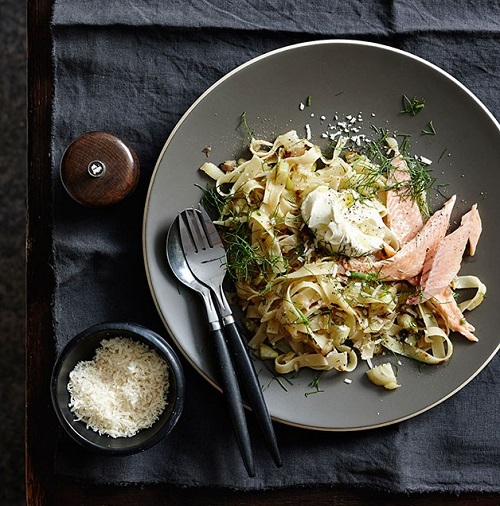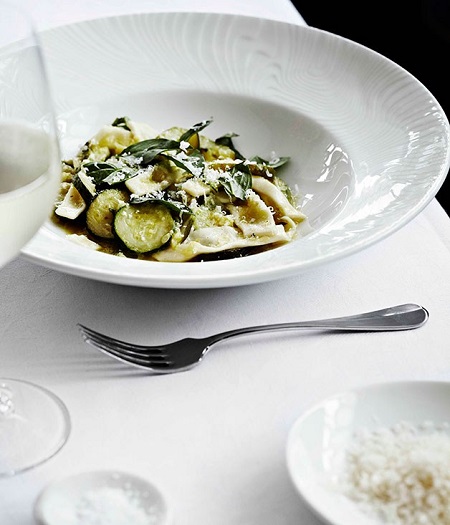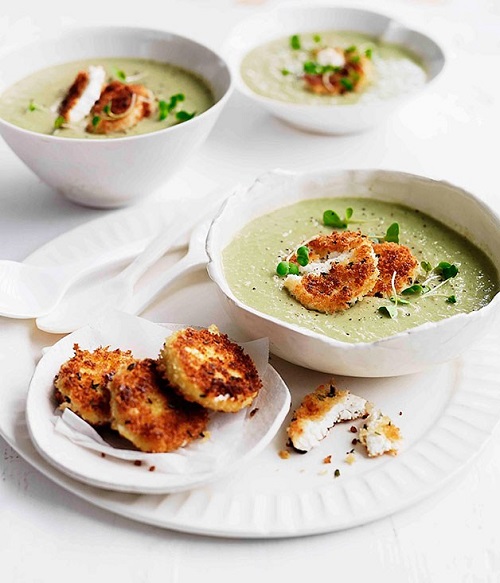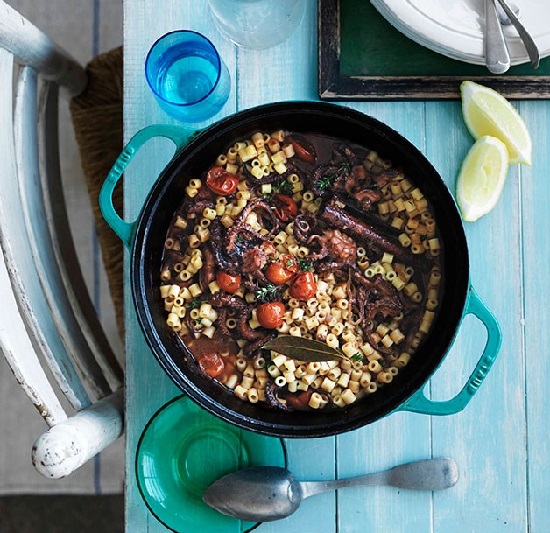The quandong is a relatively unknown Australian bushfruit, treasured by Aboriginal Australians for centuries. It was dried or the fruit was eaten raw and it was discovered to be a valuable source of vitamin C. In her book Bush Food, Jennifer Isaacs describes how the Aborigines burnt the branches of the quandong tree and stood their children in the smoke to make them strong for long journeys. A tea was also made from the quandong leaves and drunk as a purgative, while an infusion made from the roots of the tree was believed to help thos suffering from rheumatism. Typically the quandong leaves were crushed and mixed with saliva to produce a topical ointment for skin sores and boils. The kernel of the fruit can also be eaten and some Aboriginal tribal groups used to employ crushed kernels as a form of hair conditioning. Australian aborigines also discovered that the fruit was a favourite of the emu, so were able to source the kernel in their droppings. The bark of the tree was used for tanning leather and the wood was also highly valued, as it is closely related to sandalwood.
Mary Flyn wrote the poem The Quandong Tree which first appeared in the Australian Women’s Mirror some 40 years ago, and the opening stanza of the poem reflects the ever-present nature of the tree is outback Australia:
In childhood books I read of these –
Cherry and quince and walnut trees
Any many another old-world tree.
Exotic and far they seemed to be,
For all there was, my dears, for me
Was just one little quandong tree.
The quandong tree is extremely hardy and will survive in the harshest of conditions and will cope with an amazingly high level of salinity, making quandongs the perfect desert-climate fruit. There are growers working together with scientists, such as those at the CSIRO (the Australian Commonwealth Scientific and Industrial Research Organsation), to work out ways of producing an economically viable propagation method for this fruit, but there is still much work to do. It is illegal to pick wild quandong.
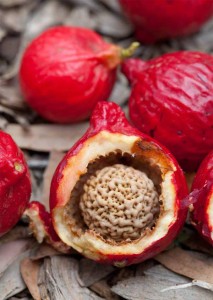
The taste of the fresh quandong is quite difficult to describe. Some say that it is a ‘bush peach’ while others say it is a cross between a peach and rhubarb. One thing for certain is that it is very piquant indeed and will certainly make your mouth pucker. It does however have a unique flavour which can easily be destroyed if too much sugar is used. Some people prefer to use honey as a sweetener as it is less likely to mask this unique flavour, but does still reduce that piquancy.
I happen to love quandong jam and as I live close to a Quandong farm, both fresh and dried quandongs are easy to come by, when the fresh quandongs are in season (Spring time in Australia. I have a feeling that the quandong will go well with green tomato, as in my Green Tomato & Lemon Jam (recipe on the blog) so will be trying this very soon.
Here is a recipe for Quandong Jam from Maggie Beer which is my ‘go to’ recipe. If anyone would like to try the quandong and you cannot source it yourself, I am happy to supply the dried variety to you or send you some of the jam for you to try.
Quandong Jam
250g (9 oz) dried quandongs
100ml (0.4 cups) lemon juice
800g (1.1lb) sugar
Reconstitute the dried quandongs in 1 lt (4 cups) water overnight. Place the soaked fruit and its soaking water, the lemon juice and 500Ml (2 cups) of water in a heavy-based saucepan and simmer over medium-heat for 20 minutes, then add the sugar. Turn the heat to low and simmer until the jam reaches setting point (about 1½ hours). To test, place a spoonful of the jam onto a saucer and cool in the refrigerator for a few minutes. If it wrinkles when you push it with your finger, the jam is ready. Transfer to a sterilized glass jar.


